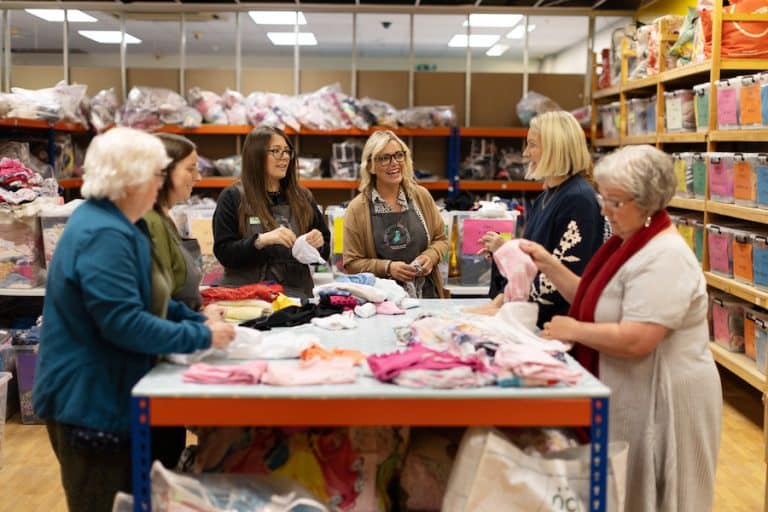Mrs Emmeline Pankhurst To Be Honoured With Statue
- Written by I Love MCR
- Last updated 7 years ago
- Culture

Emmeline Pankhurst has won the vote to be the subject of the first woman to be honoured with a statue in Manchester for over 100 years. She received more than half of the 5,301 votes cast in an online poll.
“Manchester is a city
which has witnessed
a great many stirring
episodes, especially
of a political character.
Generally speaking, its
citizens have been
liberal in their
sentiments, defenders
of free speech and
liberty of opinion”
Emmeline Pankhurst
Mrs Pankhurst was a leading British women’s rights activist who led the movement to win the right for women to vote and is widely considered to have been the most influential woman of the twentieth century.
She was born in Moss Side on July 15th 1858 and was introduced to women’s suffrage through her parents’ interest in the subject. She went to her first meeting at the age of 14 and formed the Women’s Social and Political Union in 1903. Its members, who included her daughters Christabel and Sylvia, were the first to be called suffragettes.
She believed that despite years of moderate speeches and promises by MPs, no progress had been made in achieving the vote for women and that direct political action was therefore necessary. This included cutting telephone lines, window smashing and chaining themselves to railings.
She was was convicted of conspiracy to commit property damage and imprisoned in Holloway Prison where she went on hunger strike and was force-fed by officers.
During World War I, women were drafted into factories and took on many jobs previously done by men. This helped to lessen the opposition to women’s suffrage.
In 1918, the vote was granted to women over the age of 30 with some restrictions. She died on June 14th 1928 at the age of 69 in London. 18 days later, the Representation of the People Act finally gave women equal voting rights with men.
A statue of her was erected in Victoria Tower Gardens, London in 1930.
62 Nelson Street, her family home where the first meeting of the WSPU was held, is now the Pankhurst Centre, a museum and heritage centre dedicated to her family and the suffragette movement. Visitors can see a recreation of the parlour as it would have been in Mrs Pankhurst’s day. The room contains Christabel’s piano and Sylvia’s typewriter.
- This article was last updated 7 years ago.
- It was first published on 22 January 2016 and is subject to be updated from time to time. Please refresh or return to see the latest version.
Did we miss something? Let us know: [email protected]
Want to be the first to receive all the latest news stories, what’s on and events from the heart of Manchester? Sign up here.
Manchester is a successful city, but many people suffer. I Love Manchester helps raise awareness and funds to help improve the lives and prospects of people across Greater Manchester – and we can’t do it without your help. So please support us with what you can so we can continue to spread the love. Thank you in advance!
Got a story worth sharing?
What’s the story? We are all ears when it comes to positive news and inspiring stories. You can send story ideas to [email protected]
While we can’t guarantee to publish everything, we will always consider any enquiry or idea that promotes:
- Independent new openings
- Human interest
- Not-for-profit organisations
- Community Interest Companies (CiCs) and projects
- Charities and charitable initiatives
- Affordability and offers saving people over 20%
For anything else, don’t hesitate to get in touch with us about advertorials (from £350+VAT) and advertising opportunities: [email protected]
An email you’ll love. Subscribe to our newsletter to get the latest news stories delivered direct to your inbox.

Games, science and history collide at Manchester’s Science and Industry Museum this winter

How Baguley Hall Primary School is nourishing minds with a morning Magic Breakfast

Trafford baby bank delivers £17,000 of Christmas gifts despite closure risk

Our writers pick the most outstanding Manchester theatre of 2024

The rise and fall of Manchester’s iconic santas through the decades
















